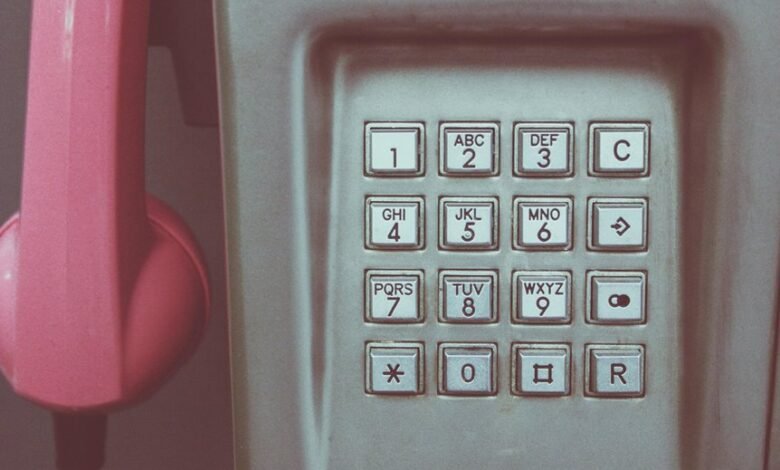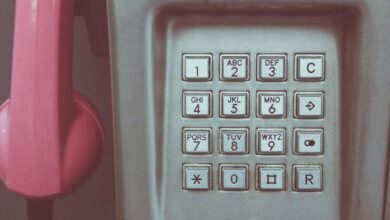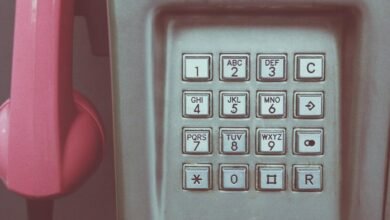Called by Scam? Verify Now! 5127724643, 5128296022, 5128425148, 5128588938, 5128616332, and 5128815340

Numerous individuals have reported receiving calls from numbers such as 5127724643 and 5128296022. These calls raise concerns about potential scams, prompting questions about their authenticity. Analyzing the patterns of such calls can provide insights into common tactics used by scammers. What steps should one take to verify these numbers? Understanding the risks and employing effective strategies might be essential in safeguarding personal information. The next steps could be crucial.
Identifying Potential Scam Calls
How can individuals effectively discern potential scam calls in today’s environment of increasing telecommunication fraud?
Analyzing caller ID information is crucial, as many scams utilize spoofed numbers that appear legitimate. Individuals should remain skeptical of unsolicited calls requesting personal information or financial details.
Recognizing common red flags, such as high-pressure tactics or unfamiliar area codes, can empower individuals to protect their privacy and freedom.
Steps to Verify Caller Authenticity
Evaluating the authenticity of a caller becomes vital in the context of numerous scams exploiting unsuspecting individuals.
One effective approach involves examining caller ID information against known databases. Additionally, employing verification methods such as returning the call through official channels or using reverse lookup services can provide further clarity.
These steps facilitate informed decisions, empowering individuals to safeguard their personal information against potential threats.
Tips for Protecting Your Personal Information
One key strategy for protecting personal information is to remain vigilant about sharing details, particularly in online environments.
Individuals should prioritize data privacy by using strong passwords and enabling two-factor authentication.
Additionally, being cautious with unsolicited messages helps bolster online security.
Regularly reviewing privacy settings on social media and staying informed about potential threats can further safeguard personal data against unauthorized access.
Conclusion
In the realm of communication, where shadows often masquerade as trusted voices, vigilance becomes the beacon guiding individuals away from treacherous waters. Just as a sailor relies on the stars to navigate, so too must one employ diligent verification to discern the true nature of a call. By adopting these prudent measures, individuals can safeguard their treasures—personal information—from the sirens of deception, ensuring their journey through the sea of connectivity remains safe and sound.





